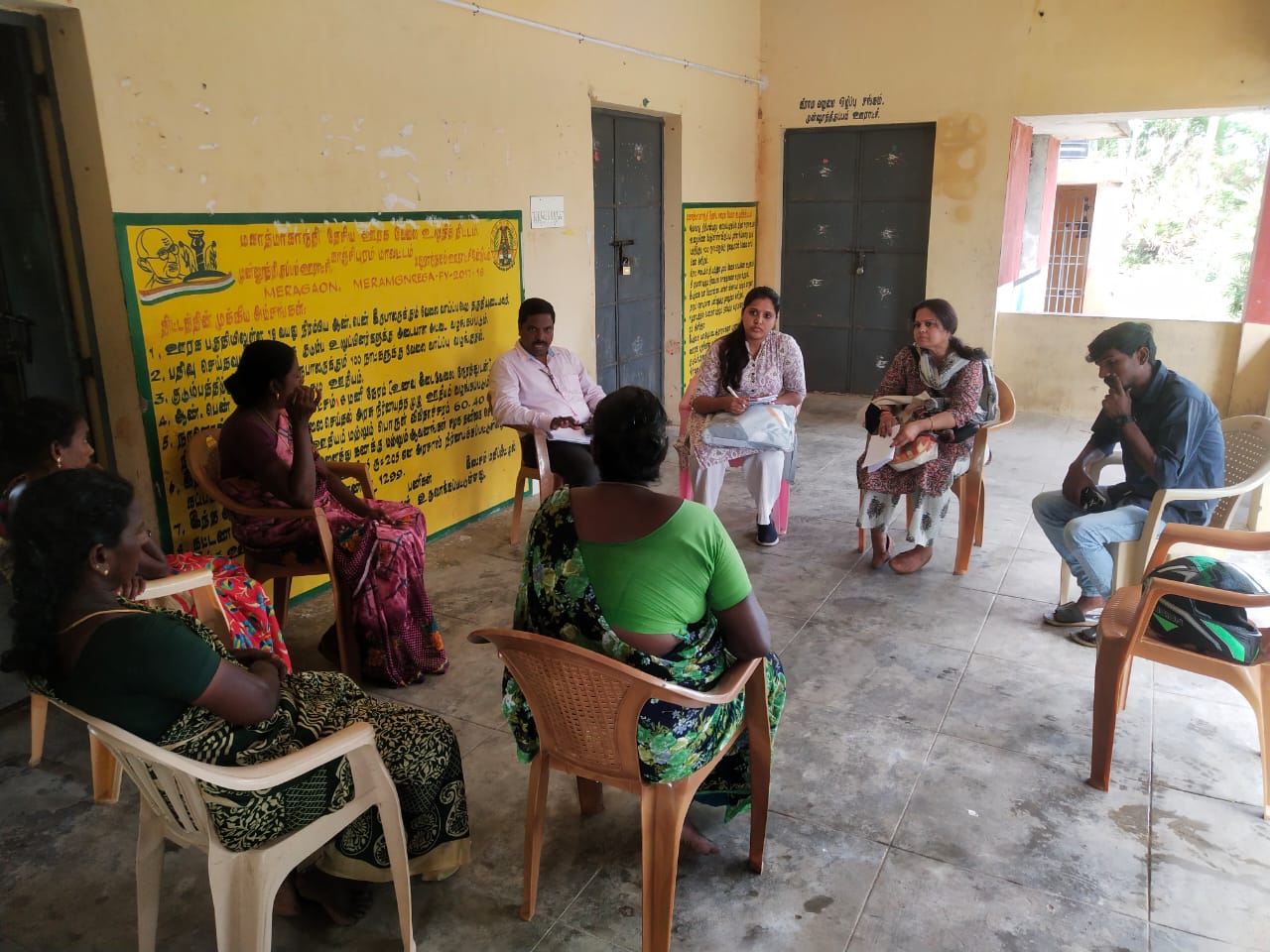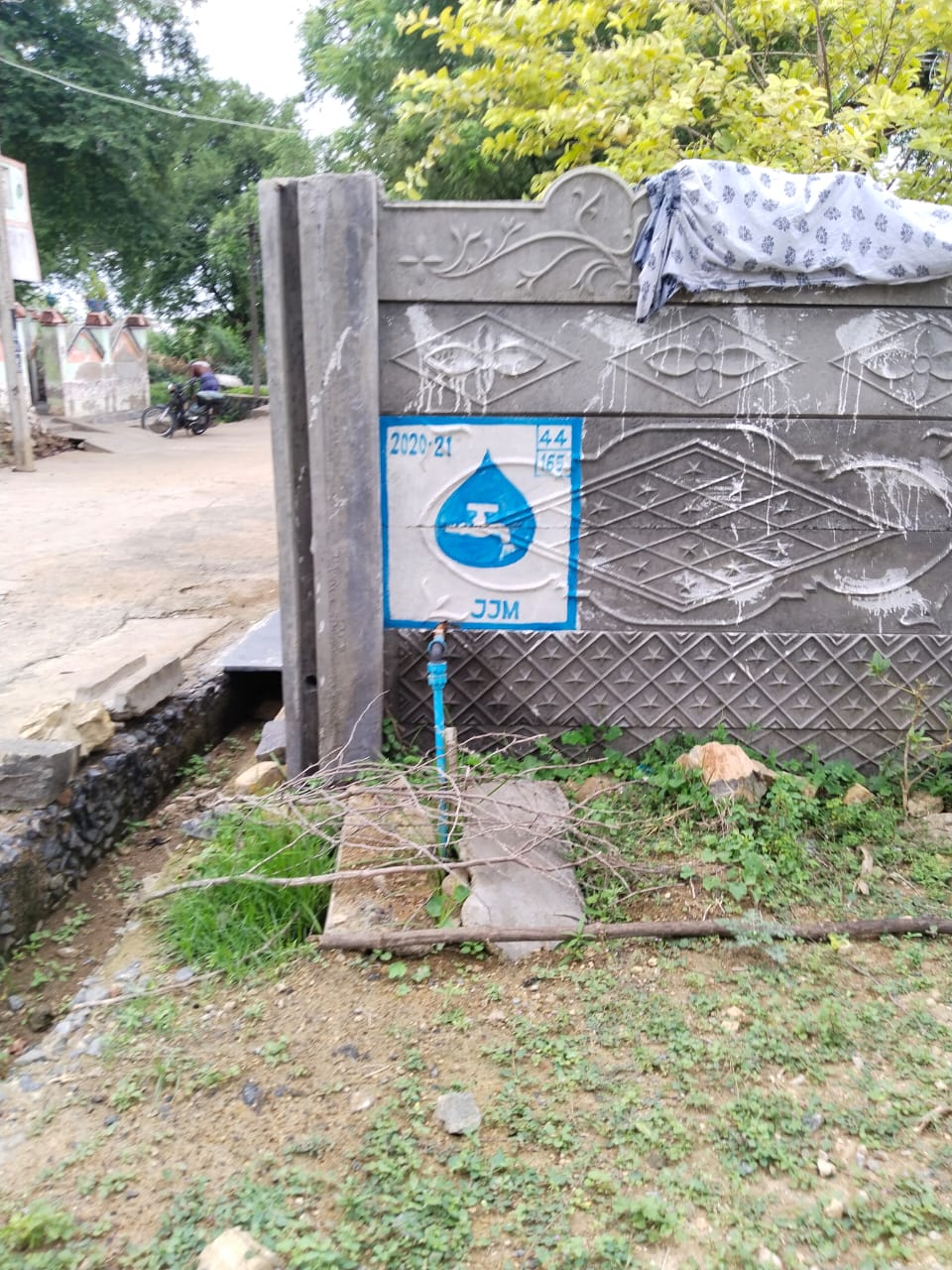About Me
I am a lecturer in the Economics and Education program at Teachers College, Columbia University. I work in the fields of development economics, and experimental and behavioral economics. I am interested in the economics of education in developing countries, own child labor substitution, occupational identity, and dissonance in beliefs about returns to education. In a recent research, I look at how improved infrastructure such as access to piped water affects the empowerment of women and their mental health.
I am affiliated with the Committee on the Economics of Education at Columbia. I am a research fellow at the Center for Development Economics and Sustainability and an executive committee member at the Association of Indian Economic and Financial Studies.
Research
Working Papers
Educational Investments of Low-Income Households: The Role of Parental Occupational Identity and Substitutability - New draft coming soon
Abstract: Poor parents face difficult trade-offs when investing in their children’s education. This paper studies how low-income urban households in Southern India, where child labor is a concern, make educational investments for their children. First, I build a model that shows how educational investments are shaped by the possibility of children substituting labor for their parents. Second, I collect parent surveys, child surveys, and student-level administrative data from schools and construct a linked dataset. Third, I examine the relationship between educational investments and several pertinent factors, with an emphasis on child labor substitution and the strength of occupational identity. I find that monetary investments in education are negatively correlated with both child substitution and the strength of a parent’s occupational identity. The qualitative measurement of time investments are negatively correlated with a parent’s occupational identity. Parents who have high aspirations for their children invest significantly more time in their children’s education. Children who are highly motivated spend more time in school- and study-related activities. Also, children for whom occupation is important for their own identity perform better at school. I propose plausible mechanisms underlying these patterns. My findings highlight the role these unconventional variables play in understanding barriers to educational investments by low-income households.
Presentations: Economics of Education Seminar Teachers College, Midwest International Economic Development Conference, Women’s Applied Microeconomics Seminar, Biennial International Conference, IIT Chennai, Centre for Development Economics Seminar -Delhi School of Economics, ASSA 2024, Global Research Network Flash Talk, Teachers College
The Implication of Dissonance Beliefs in Educational Investments - with Rajiv Sethi
Abstract: In this paper, we explore the role of mothers and children’s beliefs about returns to education on the educational investments made by the household. The empirical analysis shows that mothers who believe the marginal returns from college are higher spend significantly more time on their children’s education. Further, we discuss how the presence of dissonance between the mother and child’s beliefs regarding returns from college and marginal returns from college affects investments. The findings show that in households in which mothers value the returns from college more than their children, the mothers spend significantly more time on their children’s education. And in families where children value the marginal returns from college more than their mothers, the children spend significantly more time on their education. This study contributes a different viewpoint to the beliefs literature by emphasizing the correlation between friction in beliefs within the household and the educational input choices of the household.
Presentations: Accepted for ASSA 2025
Works in progress
Time Gains, Empowerment and Mental Health – A Case Study of a Water Program in India.
Asymmetric Dominance Eliminates Hyperbolic Discounting in Intertemporal Choice - with Barry Sopher
In this study we conduct an experiment to test the asymmetric dominance hypothesis in the context of financial decision making. An asymmetric dominance effect occurs if an added alternative that is similar to, but dominated by, one of the existing alternatives in a choice problem, systematically leads to the original alternative that dominates the new alternative being chosen more frequently. We focus on choices over alternative income streams that differ both in timing (relative amount received earlier or later) and in quantity (total amount to be received). Specifically, choice alternatives differ according to whether more money is received earlier (“time dominant”) or more money is received in total (“quantity dominant”). “Decoy” alternatives that resemble either the time dominant or quantity dominant alternative, but which are dominated by the respective original alternatives, are introduced to check for an asymmetric dominance effect. In a baseline treatment with no decoys, we find the commonly observed violation of stationarity in intertemporal choice, which has been interpreted as being due to hyperbolic or quasi-hyperbolic discounting of payment streams. That is, there appears to be present bias in choice behavior. Treatments that include either time-dominant or quantity- dominant decoys do not display systematic departures from constant discounting as in the baseline treatment. Instead, violations of stationarity are either unsystematic, or are systematically in the direction of bias toward future payments when an immediate payment is available. Thus, the introduction of dominated alternatives does change choice behavior, in a manner that is broadly more consistent with constant discounting, but not in a manner consistent with the asymmetric dominance hypothesis.
Teaching
Courses for MA and PhD students
Data Analysis for Policy and Decision Making
An intermediate course in non‑experimental quantitative research methods, especially those related to education policy. The course interweaves several concepts: framing research questions; using moderately advanced statistical approaches; learning to manipulate a large-scale longitudinal database; designing empirical tests to examine policy issues with appropriate statistical techniques; and interpreting and conveying research results to diverse audiences.
Quantitative Methods for Evaluating Education Policies and Programs
An advanced course that covers experimental and quasi-experimental techniques used to attribute causal relationships between educational programs and student outcomes, for the most part using methods from economics and econometrics.
Advanced Microeconomic Theory with Applications to Education
A PhD level course on theoretical skills for economic analysis focused on applications of relevance to the economics of education and other fields.
Behavioral Economics with Applications to Education
An intermediate course that examines the theory and empirical research of behavioral economics. The course will focus on applications that are relevant to the economics of education and other related fields.
Previous Teaching
Microeconomics Honors
Statistical Analysis for Economics and Finance
Economic Development
Intermediate Microeconomics
Fundamentals of Microeconomics/Firms in Global Economy
Please click here to download my CV











